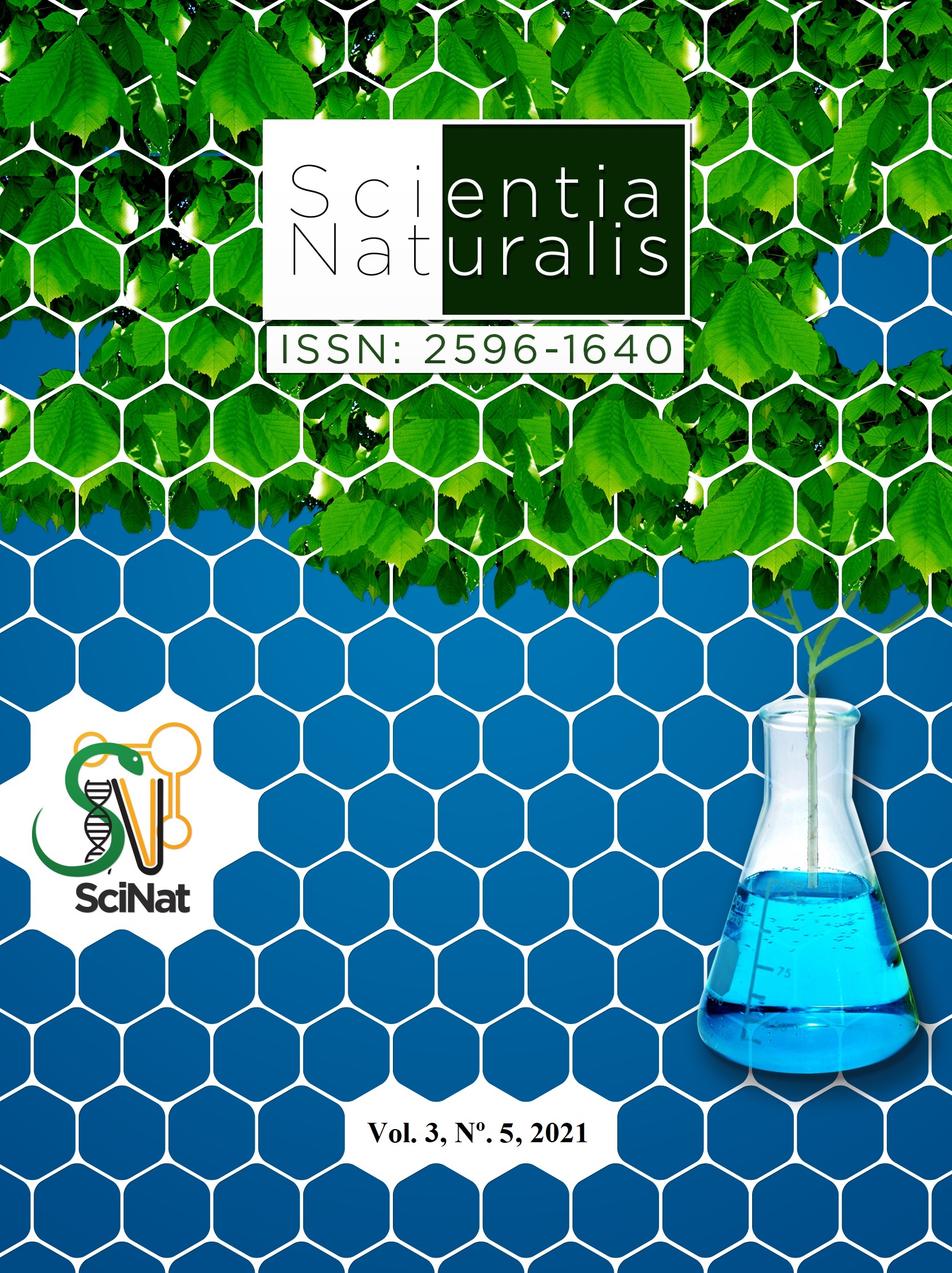Peanut biomass (Arachis hypogaea L.) produced with salt water and bovine biofertilizers
DOI:
https://doi.org/10.29327/269504.3.5-8Abstract
There is a lack of information about the biometric attributes of peanuts under salt stress. Thus, this research aimed to evaluate the growth and biomass production of peanuts produced with the application of saline water and the use of bovine biofertilizers. The experiment was carried in a randomized block design, with the treatments distributed in a 6×2 factorial arrangement, with six levels of electrical conductivity of the irrigation water. (0,5; 2,0; 3,5; 5,0; 6,5 e 8,0 dS m-1), without and with application of bovine biofertilizers and five replications. Plant height, stem diameter, root length, number of pods and spurs, leaf area, absolute growth rate in height and in fresh epigenic phytomass, content and allocation of dry leaf, stem, root and spur biomass and pods and total dry biomass were evaluated. The increase in water salinity of irrigation inhibited the growth, production and allocation of dry peanut biomass, with less intensity with the use of bovine biofertilizers. The use of biofertilizers, as a natural input, reduced the harmful effects of salts on peanut plants. The peanut culture does not tolerate irrigation with electrically conductive waters above 2.0 dS m-1.




